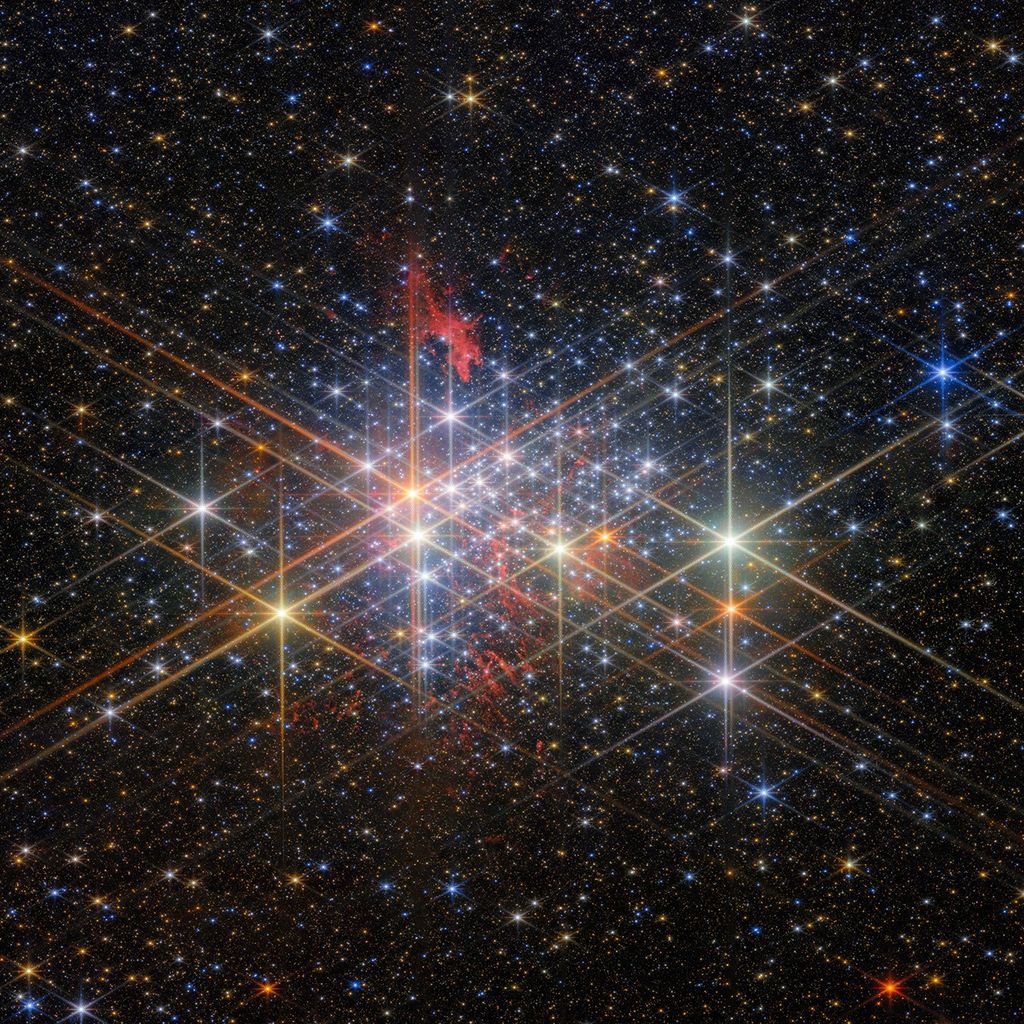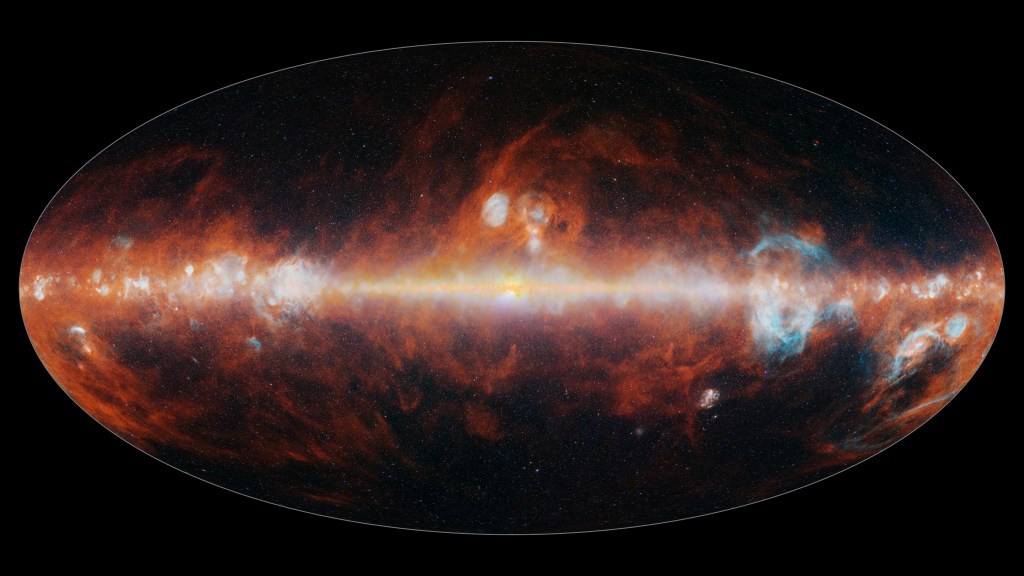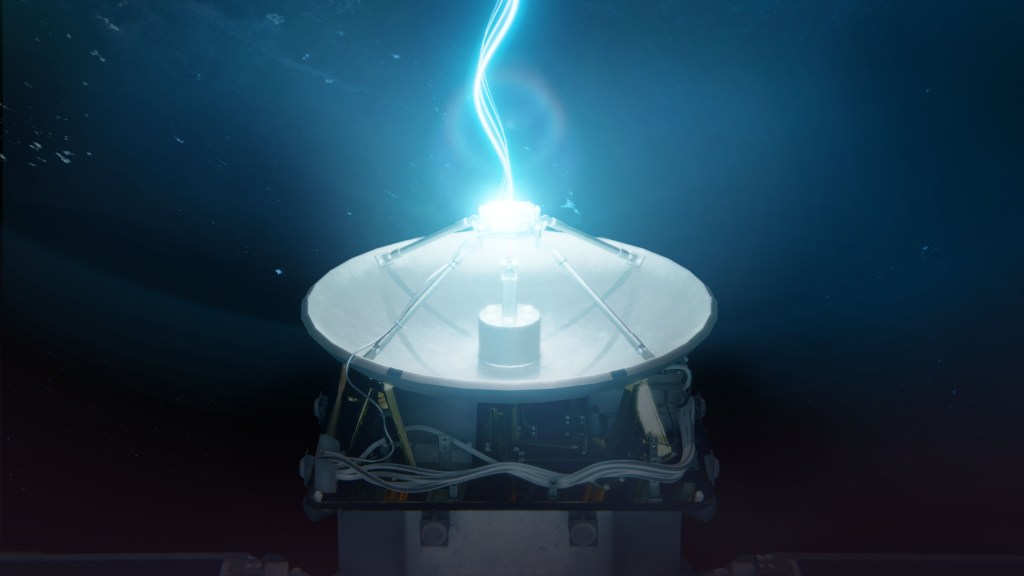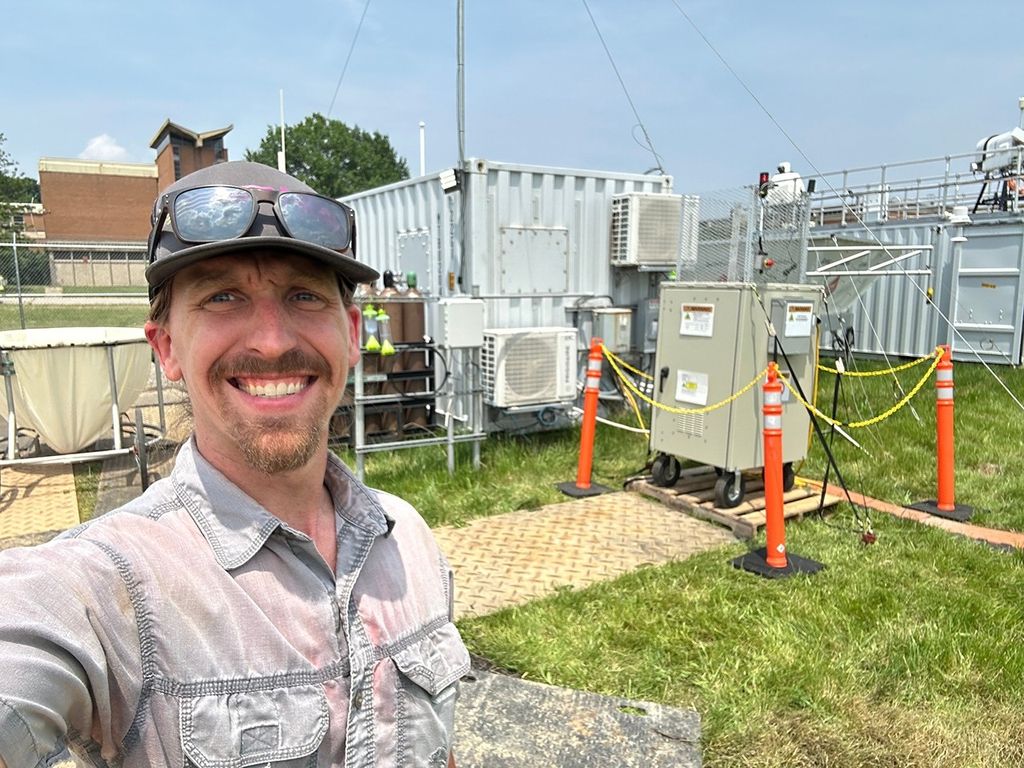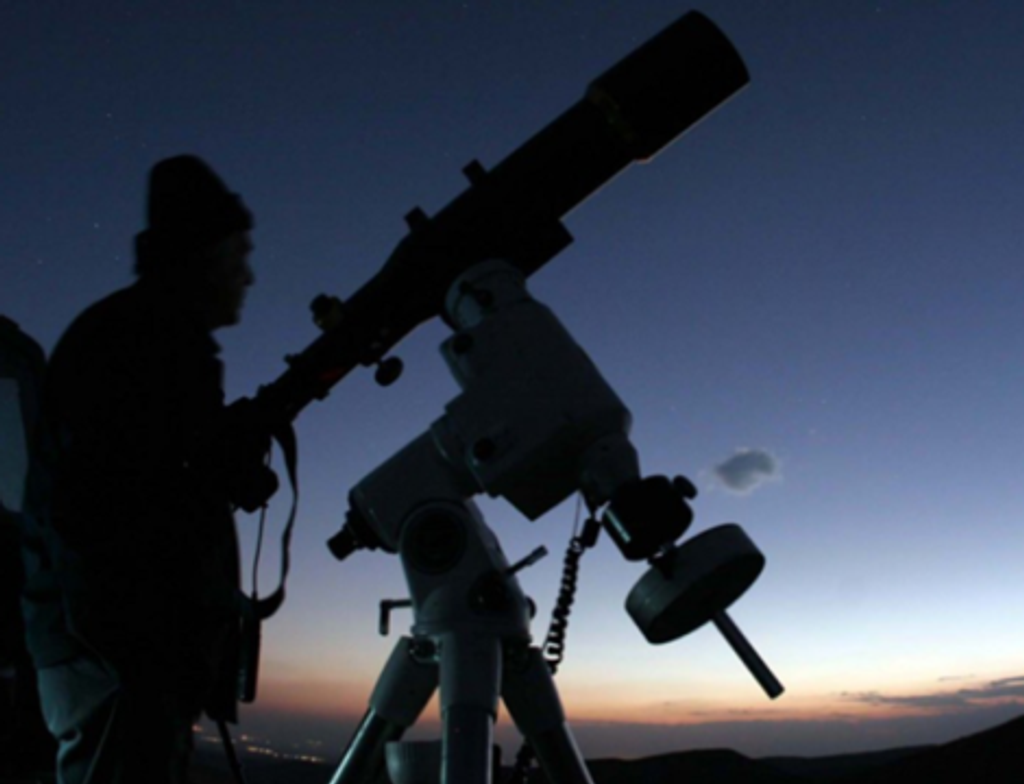Explore the Sun Toolkit
| Levels |
|
|---|---|
| Material Type |
|
| Heliophysics Big Ideas |
|
| NGSS |
|
| Heliophysics Topics |
|
| Heliophysics Missions |
|
| Material Cost per Learner | Free |
| Language | English |
Explore the Sun Toolkit includes postcards, a banner, and slides ideal for informal educators and community events. Perfect for drawing attention at events, sparking curiosity, and answering frequently asked questions, the toolkit makes NASA solar science accessible and exciting.
Bring the wonder of NASA Solar Science to your community with the new Explore the Sun Toolkit. Developed through a partnership between NASA's Heliophysics Education Activation Team (NASA HEAT) and the Astronomical Society of the Pacific/Night Sky Network, these resources are ideal for informal educators and community events, whether you're gathered around a solar telescope or indoors.
This dynamic set of cards addresses common questions like "What color is the Sun?" and "Why do I get sunburned on a cloudy day?" Each card pairs striking images with clear, engaging explanations, showcasing how NASA studies our star to better understand and predict its impacts on Earth.


